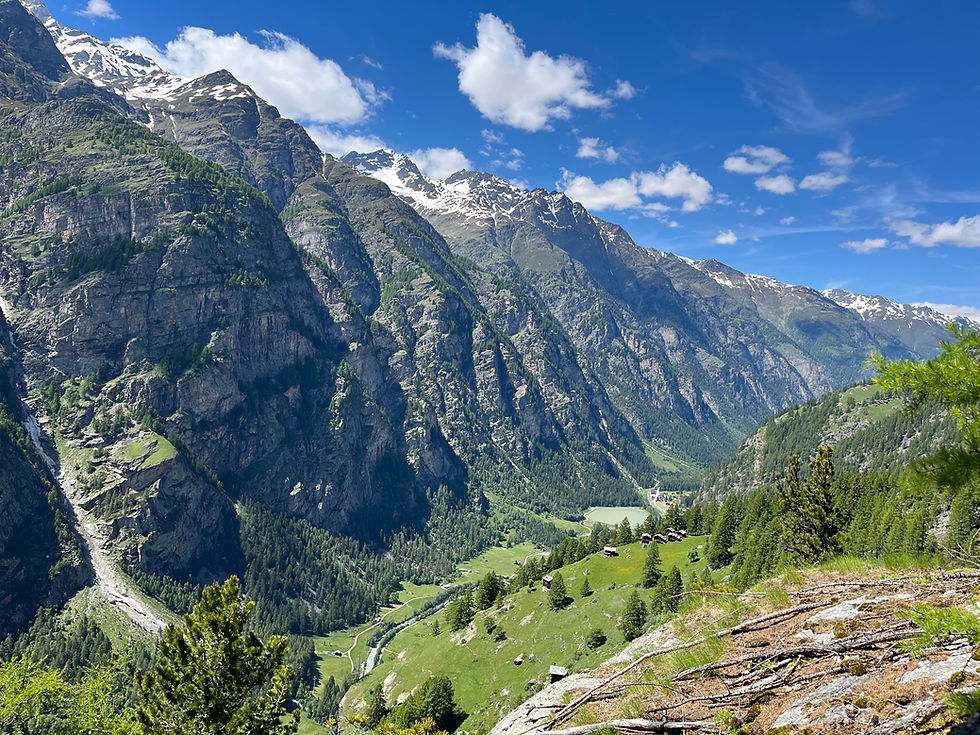Are Zero Drop Walking Shoes Worth the Hype?
- tomwilky
- Jan 5, 2024
- 3 min read
Exploring the Pros and Cons of Zero Drop Walking Shoes vs. Traditional Mountain Foot

Zero drop walking shoes, often referred to as 'barefoot' shoes, have gained popularity in recent years, challenging the dominance of traditional walking boots and mountain shoes. Brands like Vivobarefoot have led the way in promoting a more natural and minimalist approach to footwear. In this article, we'll delve into the pros and cons of zero drop walking shoes compared to their more conventional counterparts.
Pros of Zero Drop Walking Shoes
1. Natural Foot Movement: Zero drop shoes mimic the natural shape and movement of the foot, encouraging a more natural stride. This can lead to improved balance and stability.
2. Strengthening of Muscles: By providing less cushioning and support, barefoot shoes engage the muscles in the feet and lower legs more actively, potentially leading to increased strength over time.
3. Improved Posture: Zero drop shoes often promote a more upright posture, as they encourage the body to align itself naturally. This can help reduce strain on the back and improve overall body mechanics.
4. Enhanced Sensory Feedback: Barefoot shoes allow for better sensory feedback from the ground, enhancing awareness of the terrain. This can be beneficial for activities like hiking, where understanding the surface is crucial.
Cons of Zero Drop Walking Shoes
1. Limited Cushioning: One of the main drawbacks of barefoot shoes is the minimal cushioning, which may result in discomfort on rough or rocky terrains. Traditional walking boots offer more protection against impact.
2. Adaptation Period: Transitioning to zero drop shoes may require an adjustment period as the feet and muscles adapt to the new style of walking. This can lead to initial discomfort or soreness. I tried running in bare feet about 15 years ago wheren barefoot running came on the scene and promptly strained my calf muscles!
3. Less Ankle Support: Compared to walking boots, zero drop shoes typically provide less ankle support. This can be a concern, especially during challenging hikes or uneven terrains.
4. Reduced Insulation: Barefoot shoes often have thinner soles, which may result in reduced insulation during colder weather. Traditional mountain footwear, with thicker soles and insulation, is better suited for harsh conditions.
Pros of Walking Boots and Mountain Shoes
1. Superior Protection: Walking boots and mountain shoes offer enhanced protection against harsh weather conditions, rocky terrain, and potential injuries. The sturdy construction provides a robust shield for the feet.
2. Ankle Support: The higher cut of walking boots provides superior ankle support, reducing the risk of sprains or injuries during challenging hikes.
3. Versatility: Traditional mountain footwear is designed to handle various terrains and weather conditions, making them versatile for different outdoor activities.
4. Durability: The robust construction and materials used in walking boots often result in increased durability, making them a long-lasting investment.
Cons of Walking Boots and Mountain Shoes:
1. Reduced Sensory Feedback: Thick soles and heavy cushioning in traditional footwear may limit the sensory feedback from the ground, potentially affecting balance and agility.
2. Heavier Weight: Walking boots tend to be heavier than zero drop shoes, which can impact agility and comfort during extended periods of activity.
Conclusion
Choosing between zero drop walking shoes and traditional mountain footwear depends on individual preferences, activity levels, and the terrain. Zero drop shoes offer a more natural walking experience, promoting strength and balance, while traditional boots prioritise protection, support, and durability. Ultimately, the best choice may involve considering the specific demands of your outdoor activities and personal comfort preferences. What do I wear for summer alpine trekking (not climbing or mountaineering and not winter) at MountainCoach.co.uk? I use very light and waterproof 'low heel-to-drop ratio' boot from inov-8. Some of my friends wear traditional walking boots and my wife, who has trekked all over the world, swears by vivobarefoot shoes and boots. In conclusion - you have to try options out and see what best works for you!





Comentários